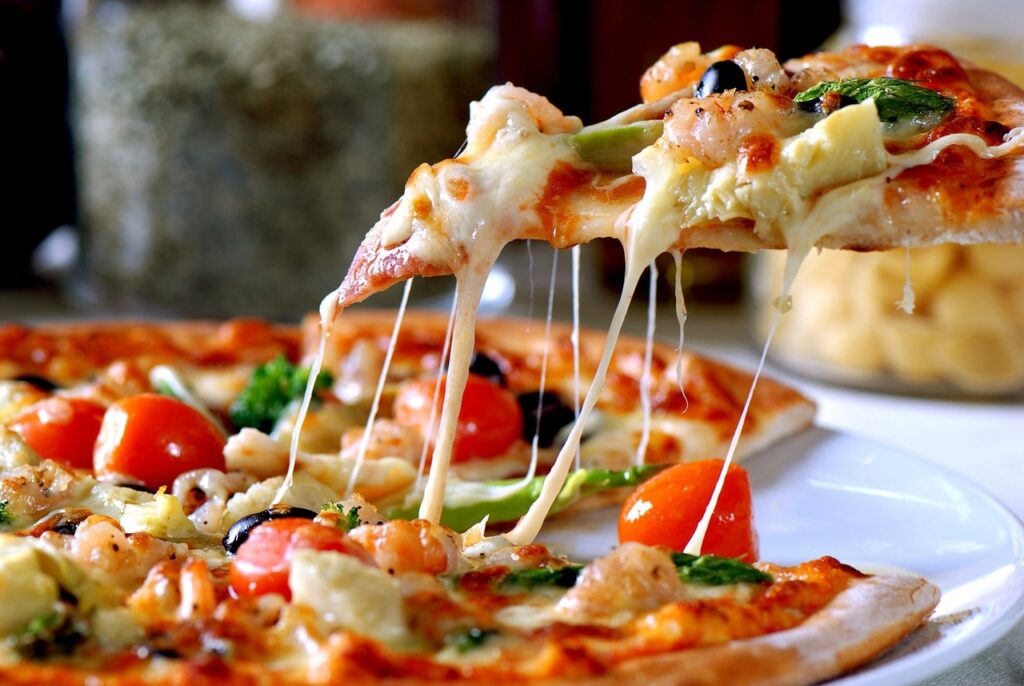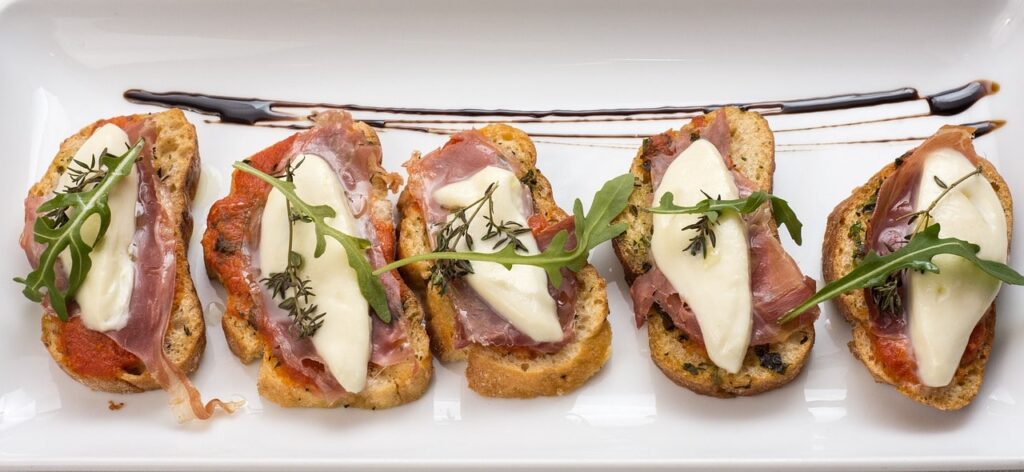“Food” is a significant factor to consider when traveling, and there is no debate about it. Especially if you plan on traveling to Italy, it raises more questions on the context since Italy is long known for its broad spectrum of cuisines. Northern Italy vs Southern Italy food– which is better?
Not an easy question with a straightforward answer. Italy has a massive reputation globally for its superiority in the culinary sector. To break down the topic and arrive at an answer, we need to get in and discuss it in detail.
Whether you plan on spotting the right region of Italy to travel to or analyzing the food specifications of different regions – we’ve got you! Stick around to the page and learn everything, from the culinary differences to the climatic influences, in a single view. Let us get going.
Does Southern and Northern Italy Cook the Same Food?
Even though Italy isn’t a big country, it has a very rich and diverse culture of cuisines. You can find different foods in different regions, and sometimes each region will have its signature foods they take pride in. So clearly, northern and southern Italy has different food varieties and do not cook the same food.
Apart from traditions and culture, environmental factors significantly influence this aspect. Think about the geographical landscape of northern and southern Italy – are they the same? Obviously no! The Southern part of Italy is based around the coast – many beaches, tropical climate, sunny and clear days, fresh plates of seafood everywhere, and countryside vibes.
On the other hand, the Northern part of Italy is land-based – numerous mountains, cold and chill climate, beautiful lakes, massive grasslands and a meat paradise. The two major regions are aligned to food choices based on what their geographical orientation lets them do. However, what’s for sure is – no region will let you down. When it comes down to food, Italy has never been a disappointment.

What Food is northern Italy Famous for?
Given the geographical impact and the alignment of people’s preferences, northern Italy is known for its rich cattle-based cuisines. The wide-going grasslands and mountain areas facilitate cattle rearing to great heights. They also have hints of seafood specialties as the northern part is exposed to the sea in the East.
Cheese and meat dominate the cuisines in the North. Diary products are so popular that you can almost find them in all food items on the menu.
Some of the specialties in the North Italy include,
- Prosciutto di Parma
- Aceto Balsamico
- Tartufo di Alba
- Parmigiano Reggiano
- Gorgonzola
The list goes on and on. Each region in the North has its popularity and offers its signature dishes. You will need to explore each city and area to experience the varieties. What’s to expect in all regions is that they will have rich flavors and deep tastes.
What Food is Southern Italy Famous for?
Given the geographical placements in the southern part, the cuisines are reflected – if beaches and seasides come to your mind, you are right. The southern region of Italy relies predominantly on seafood and plant-based ingredients, unlike the northern region.
Like northern Italy, the southern part also has a variety of dishes in each region it covers. So the menu is almost never-ending.
To give you an idea of its popular dishes here’s a short list of famous cuisines the south offers,
- Caciocavallo cheese
- Mozzarella di Buffala
- Burrata
- Extra Virgin Olive Oil
- Great range of seafood
What to expect in the southern Italy food menu in common? Unlike the rich northern flavors, southern foods are laid-back and rely on light but unforgettable flavors. They are more inclined to plant-based oils (like olive oil) than cheeses. But if you are a cheese lover, southern Italy still has your back!

Key Differences between Northern Italy vs Southern Italy Food
To better understand the culinary scope of Italy’s two major regions, let us look at the key differences that prevail between the two.
- Southern Italy mainly relies on olive oil for cooking, while the northern part relies on cheese varieties. However, you can find cheese-based foods in the southern and olive oil-based foods in the northern.
- Southern people love pasta and bread, establishing them as their staple food. In the southern, the starch choice differs. They eat rice and pasta as the main food.
- Meat – who doesn’t love it? Southern Italy will provide a sea of options with seafood. They have numerous varieties, and you will give your tastebuds a brand-new experience. Although the southern part also has seafood options, they aren’t as intense and broad as you will find in the southern. The northern region offers a wide range of meaty products such as lamb, pork, beef, chicken, etc.
- If you are a lover of spicy foods, the southern part it is! The chili peppers in the south contribute to its spicy dishes.
- Cheese is a very popular commodity in Italy. But the usage of cheese differs with the region. In the North, cheese is from cow’s milk, while in th south, goat and sheep milk is abundantly used in making cheese.
The traits mentioned above can be named as the major differences between the North and the South foods. Other minor differences will include flavor transition and cooking methods.
Is Food Better in North or South Italy?
Once people learn about the culinary variety of North and south Italy, their first question is always, “which is better?” The honest answer to that question is both are!
Italy will get you on cloud 9 with its food specialties. So which region offers better cuisine depends on your preferences and liking. As we have already given you a broad idea of what to expect in both regions of Italy, you know the drill – where to go and what to do.

What Part of Italy Has the Best Food?
Each Italian city has something delicious and mouth-watering to offer you. However, Bologna in Italy will have you completely covered. You can find all kinds of food varieties in it and experience what being in heaven feels like. Nevertheless, explore and experience the food in each prominent city in Italy if you want to learn more about the culture and go deep into the culinary sector.
You May Also Like:









